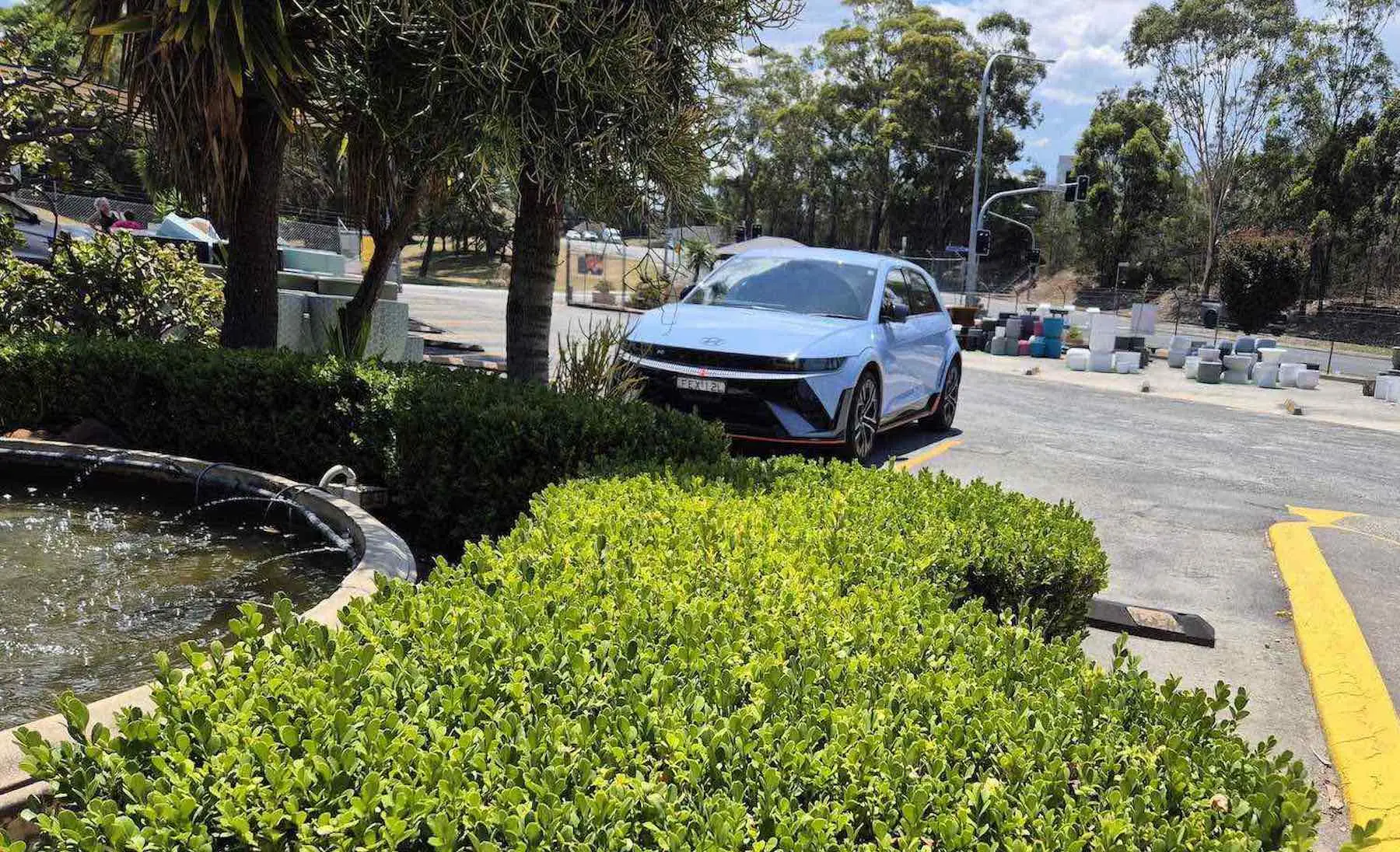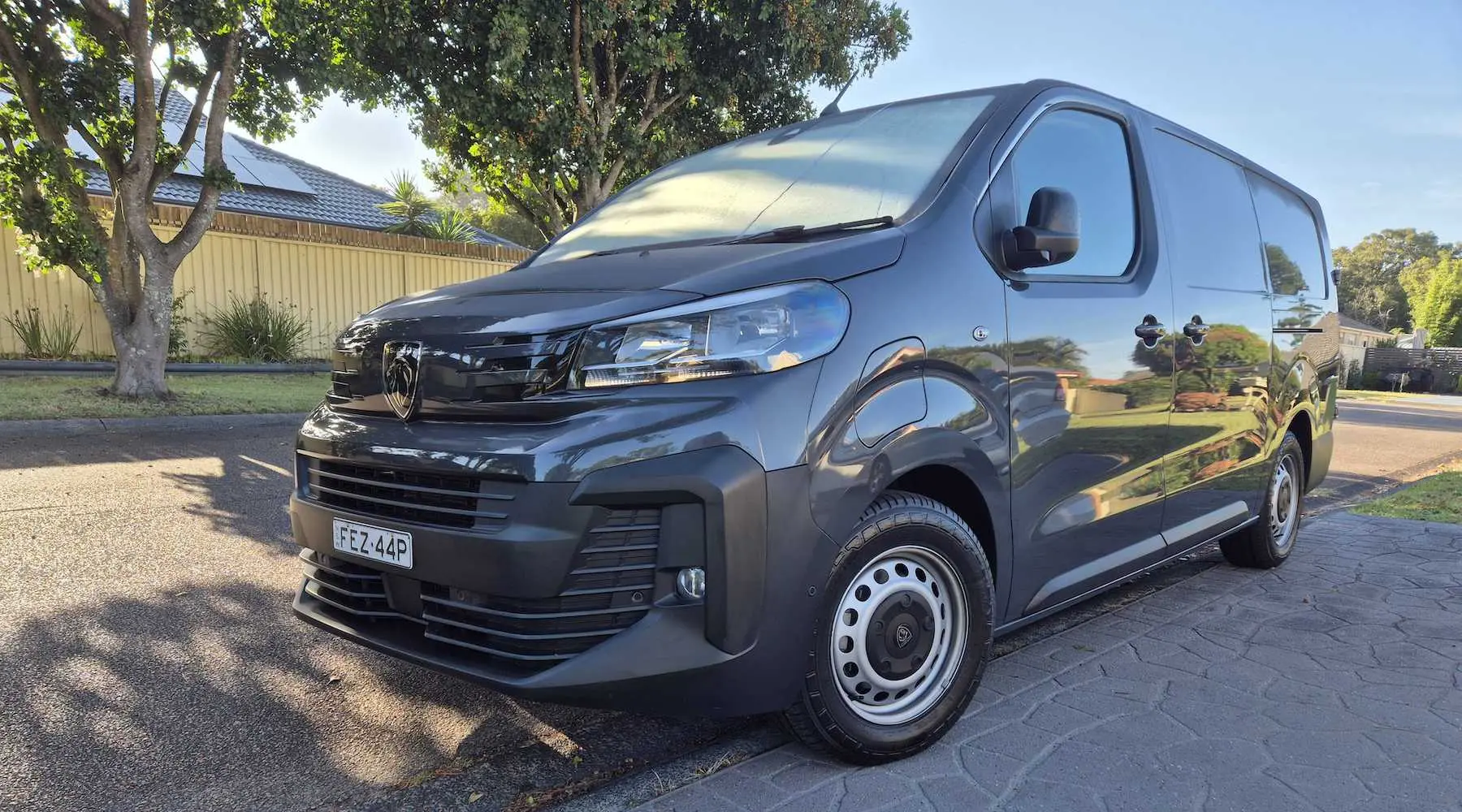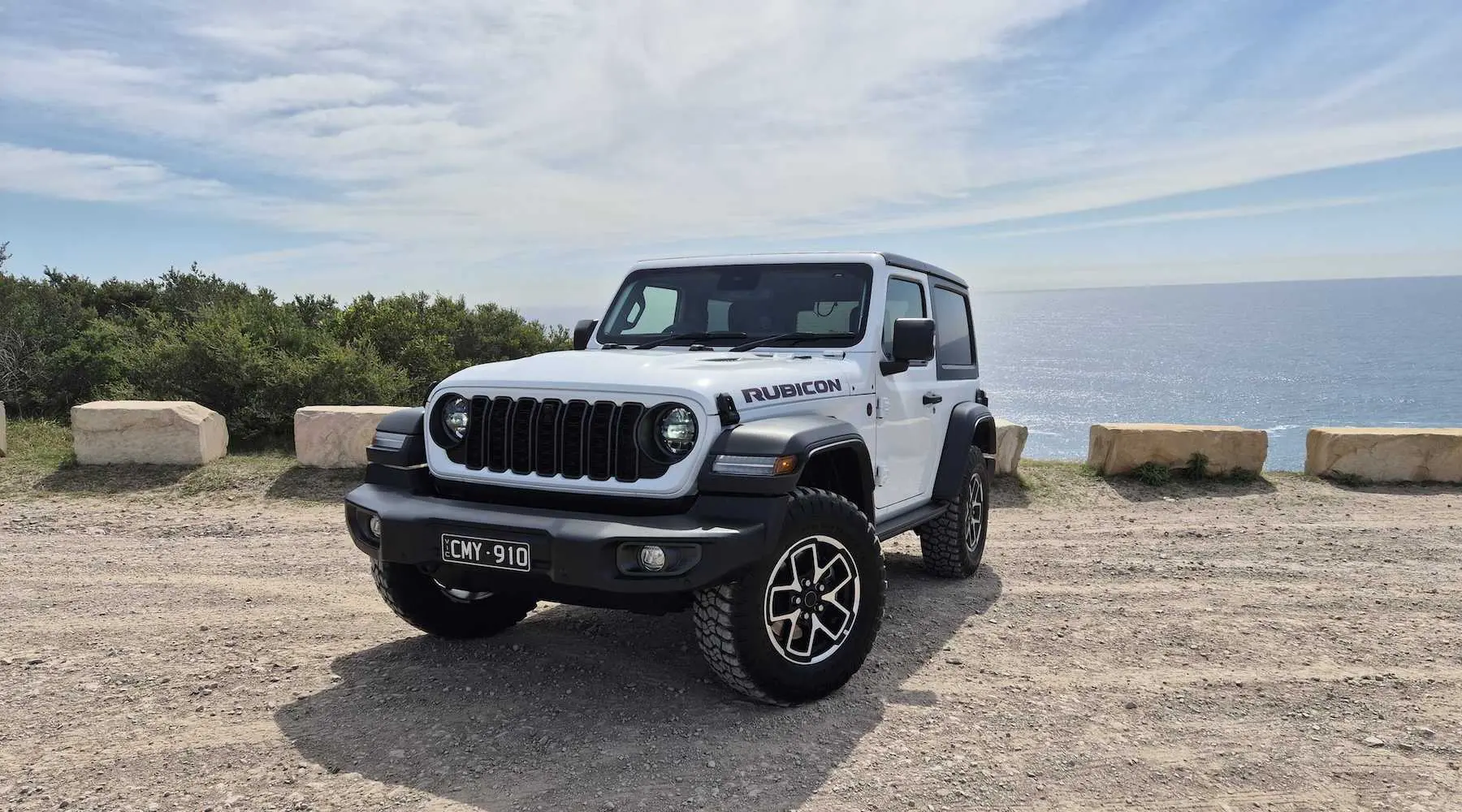
Medium SUVs are quickly becoming one of the most popular car types in Australia. This might be mostly because they can suit an exceptionally wide range of needs, performing well both on and off paved roads, with many models offering up to seven seats, a lot of storage space, good towing capacity, exceptional safety characteristics and a wide range of options.
They tend to carry higher price tags than smaller passenger cars, but it's clear that a lot of buyers are finding the extra cost to be well worth it.
Medium SUVs ranked
Find the best Medium SUVs
By clicking "Find a Deal" on the table below, you will be redirected to our partner, OnlineAuto. Thanks to their "bulk buying power", OnlineAuto are able to help you buy the car you want and potentially save you money too. In fact, the average saving through OnlineAuto is $4,616.
Pros and cons of medium SUVs
What sets medium SUVs apart from passenger cars?
Compared to regular sedans and smaller passenger cars, SUVs:
- Tend to be a lot better on rough or uneven terrain, can handle poor quality roads better and have higher clearance for navigating bumps and rises on-road and off-road
- Can be significantly safer for its occupants in the event of a multi-vehicle collision
- Have more storage and seating space, and are generally more spacious
- Make excellent tow vehicles for caravans and trailers
- Can sometimes hold their resale value better than other cars
But:
- Are typically more expensive to buy
- Will often have higher operating costs, poorer fuel efficiency and worse emission ratings than passenger cars
- Can be harder to maneuver and find parking spaces for, due to the larger size
- Might not handle as well at high speeds
- May not offer as much visibility as smaller cars, and can make it harder to see low objects (and pets or small children) directly around the car
- Are simply bigger and heavier. It might not fit in your garage where a smaller car would, and they just aren't as nimble in some situations
Definition: What is a medium SUV?
In Australia, a passenger SUV is defined as a passenger vehicle that's available with 4WD or AWD models, with a clearance over 200mm and suspension clearance of 175mm.
"Medium" specifically refers to ones that have a 4 or 6 cylinder engine, typically with an engine capacity of 3000cc and above, and are neither the biggest nor the smallest SUVs around.
Large and small SUVs are differentiated by their more and less powerful engines, and larger and smaller sizes, respectively.
How to compare medium SUVs
Buying an SUV is much like buying any other car, but if you're trying to decide between different medium SUV models in particular you might want to ask yourself these questions:
How many seats do I want?
You'll generally find 5 and 7 seat options. If you know you want a 7 seater you can instantly narrow down the options.
Will I be using it for towing?
If you have something specific in mind, like a caravan or a loaded plant trailer, look for something with the power to suit.
What kind of off-road characteristics do I need?
Off-road performance can vary widely. Ask yourself whether you'll ever drive on sand or dirt, in snowy conditions or in more rugged conditions. You can probably rule out all 2WD versions if you plan on taking it off paved roads, and will want to take a very close look at the features and options if you plan on doing serious off-roading in a medium SUV.
Do I like the look of the car?
There are enough options that you probably don't have to drive away in something you don't like the look of.
What are my must-have electronics and safety features?
Look for the ones to match your needs and wants. For example, if you have small children then you might specifically look for a version that offers surrounding sensors or cameras to "look around" the car for things you might not be able to see while backing out of your driveway.
Or if you're just really not a fan of blind spots you might go out of your way to look for a model that offers blind spot detection systems.
The physically large size of SUVs means those blind spot sensors and cameras can make a significant difference to the driving experience and safety of others, while the premium-end price tag means there's usually no shortage of features available.
What kind of on-road costs can I expect?
The following table shows the typical petrol prices and servicing expenses for some of Australia's most popular medium SUVs and medium-sized sedans, so you can get a sense of how it varies between equivalent models and different ones.
Some of the takeaways of note are:
- Your options, especially engine, transmission and drivetrain, will make a significant difference to total operating costs.
- Medium SUVs aren't really the gas guzzlers that the SUV name would suggest. Recent technologies and "eco mode" type options are now relatively standard and make a significant difference.
- The extra size, power and weight of SUVs limit their potential efficiency. If you're looking to keep onroad expenses to a minimum, then SUVs might not be the ideal choice.
- The fuel savings of diesel over petrol are largely dependent on how far you drive each year, what kind of driving you do and whether or not choosing that option also leads to higher servicing expenses.
| Medium SUVS | |||
|---|---|---|---|
| The car | Mazda CX-5 MAXX (AWD) 2.5L petrol automatic | Hyundai Tucson Elite R-Series (AWD) 2L diesel automatic | Nissan X-Trail TS (2WD) 1.6L diesel turbo CVT |
| List price (incl. options) | $32,890 | $40,990 | $35,380 |
| Fuel (cents/km) | 9.28 | 8.44 | 6.58 |
| Tyres (cents/km) | 1.02 | 2.18 | 0.82 |
| Servicing (cents/km) | 6.58 | 7.13 | 6.83 |
| Average cost per year | $2,532.00 | $2,662.50 | $2,134.00 |
on OnlineAuto.com.au's website
Why are medium SUVs becoming more and more popular?
SUVs are objectively extremely popular in Australia. They broadly account for about a third of Australia's total new vehicle market, including passenger cars, commercial vehicle, trucks and everything else. This is a huge amount and it shows no signs of slowing.
Small and medium SUVs in particular are proving to be popular. This is probably mostly because they're exceptionally versatile and able to attract all kinds of buyers. Some of the main buyers include:
- Families who enjoy all the seating space
- Tradespeople getting a combined work and personal car, with good towing capacity
- Businesses looking for an all-purpose vehicle that looks good and can flexibly fill roles as needed
- Enthusiasts who appreciate the driving characteristics and appearance of the cars
- Childless couples and individuals who want a comfortable and spacious "road trip" car with ample storage space and good handling on paved and unpaved surfaces
Essentially, a lot of people just think they're really good cars. This naturally makes them popular.
This has been further driven by a range of market factors in recent years.
- A booming car market: 2015, 2016 and 2017 were record-breaking years for Australian car sales. A popular car like the medium SUV will naturally get the benefits. This also has car makers feeling more optimistic about their sales numbers and bringing more options down under. This is important because shipping difficulties and the uncommon right-hand drive makes Australian car sales an expensive gamble if things don't go well, especially for the more expensive items like SUVs. This has led to...
More options: A larger SUV market on the whole means there's more room for different brands, makes and models of SUV to compete, which means more options for buyers. Having a healthy range of options makes SUVs even more popular, which feeds back into the manufacturer interest in Australia, and the cycle continues.
Compare medium SUV finance
Want to learn more about new car financing options? Check out our guide to car loans to ensure you pick the best solution for your situation.


